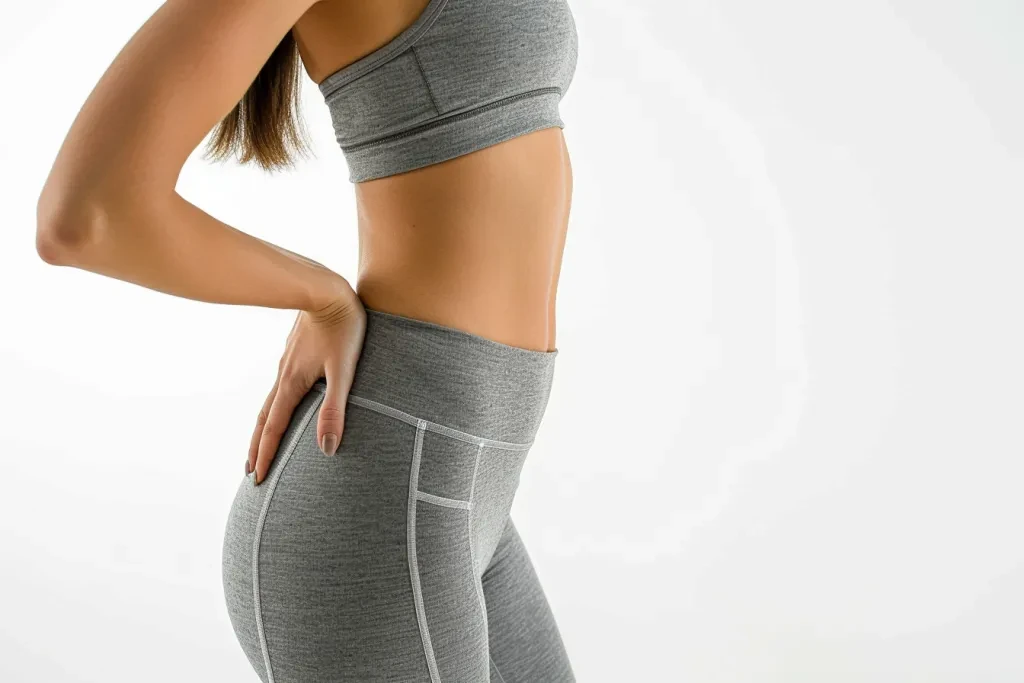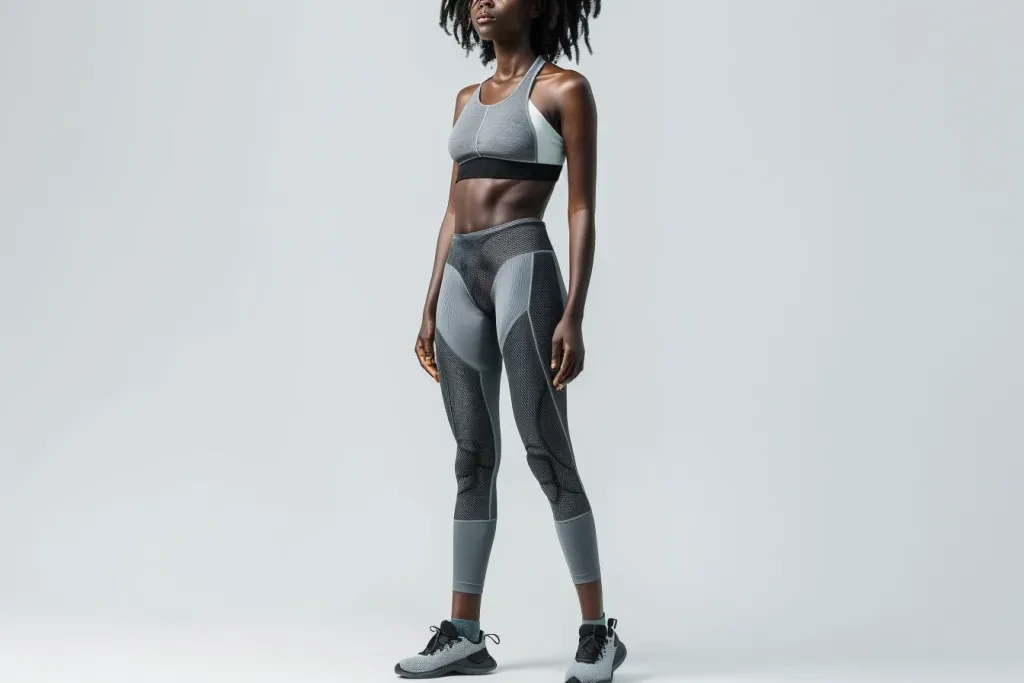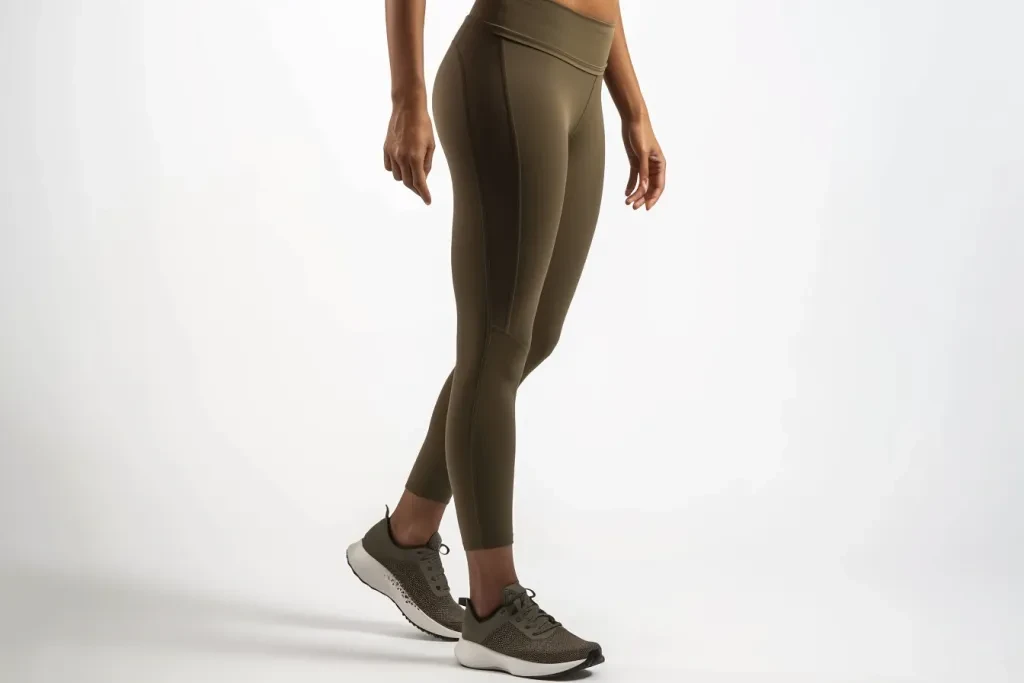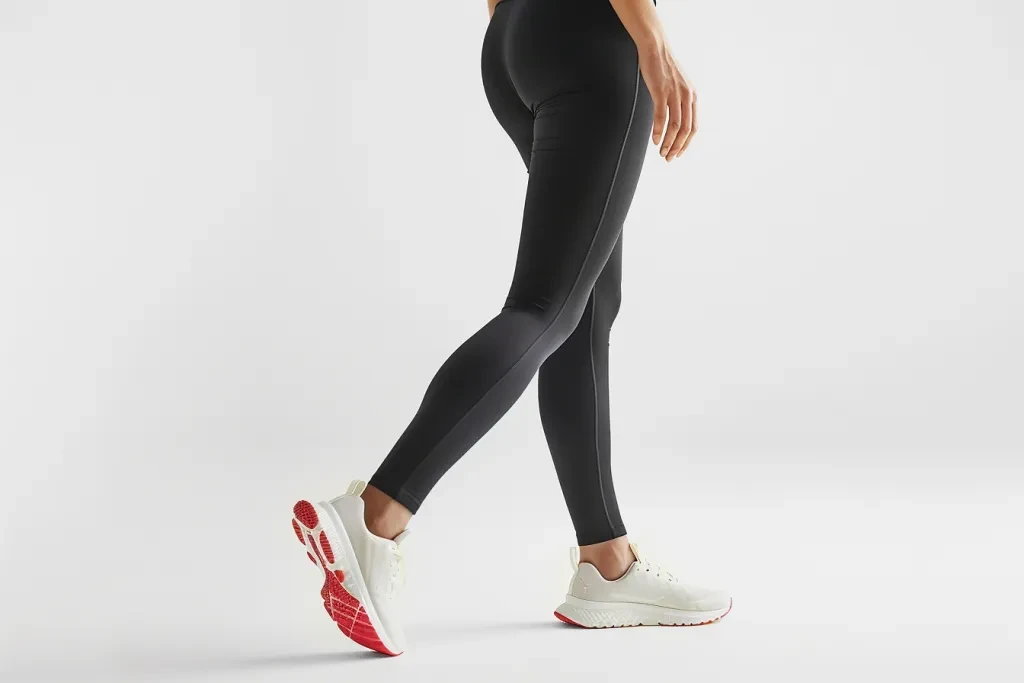Women’s leggings have become a staple in modern wardrobes, offering a blend of comfort, style, and versatility. From gym wear to casual outings, leggings cater to various needs, making them a popular choice among women of all ages.
Table of Contents:
– Market Overview: The Growing Demand for Women’s Leggings
– Diverse Styles and Designs: A Look at the Latest Trends
– Performance and Functionality: Meeting the Needs of Active Women
– Customization and Personalization: Catering to Unique Preferences
– Conclusion
Market Overview: The Growing Demand for Women’s Leggings

The market for women’s leggings has seen significant growth over the past few years, driven by increasing consumer demand for comfortable and versatile clothing. According to Research and Markets, the global women’s tights and leggings market was valued at USD 7.73 billion in 2023 and is projected to reach USD 12.09 billion by 2030, growing at a compound annual growth rate (CAGR) of 6.59%.
This growth is attributed to several factors, including the rising popularity of athleisure wear, the increasing number of women participating in fitness activities, and the growing trend of casual and comfortable clothing. The versatility of leggings, which can be worn for various occasions, from workouts to casual outings, has also contributed to their widespread adoption.
Regional insights reveal that China is the largest market for women’s leggings, with a projected revenue of USD 498.70 million in 2024, as reported by Statista. The United States also holds a significant share of the market, with revenue expected to reach USD 224.30 million in 2024. The market in the United States is expected to grow at a CAGR of 7.90% from 2024 to 2029, resulting in a projected market volume of USD 328.00 million by 2029.
Key players in the women’s leggings market include well-known brands such as Lululemon Athletica, Nike Inc., and Spanx. These companies have established a strong presence in the market through innovative product offerings, strategic marketing campaigns, and a focus on quality and performance. For instance, Lululemon Athletica is renowned for its high-quality, performance-driven leggings that cater to both fitness enthusiasts and casual wearers.
Future trends in the women’s leggings market indicate a growing emphasis on sustainability and eco-friendly materials. Consumers are becoming increasingly conscious of the environmental impact of their purchases, leading to a rise in demand for leggings made from sustainable fabrics such as organic cotton, recycled polyester, and bamboo. Brands that prioritize sustainability and transparency in their supply chains are likely to gain a competitive edge in the market.
Diverse Styles and Designs: A Look at the Latest Trends

From Classic to Contemporary: Popular Legging Styles
Women’s leggings have evolved significantly over the years, transitioning from basic workout gear to versatile fashion staples. Classic styles such as high-waisted and ankle-length leggings remain popular due to their flattering fit and comfort. However, contemporary designs are making waves in the fashion industry. Stirrup leggings, for instance, have seen a resurgence, with brands like Zara offering polyamide blend stirrup leggings that combine functionality with a sleek aesthetic. This style, reminiscent of equestrian wear, adds a unique twist to the traditional legging.
Another trend gaining traction is the incorporation of capri lengths and flared bottoms. Capri pants, which have seen a 400% year-over-year increase in investment from mass-market retailers, offer a breezy alternative for warmer seasons. Flared leggings, on the other hand, provide a retro vibe, aligning with the ongoing revival of early and mid-2000s fashion trends. These styles cater to a wide range of preferences, ensuring that there is a perfect pair of leggings for every occasion.
The Role of Aesthetics: Patterns, Colors, and Textures
Aesthetics play a crucial role in the appeal of women’s leggings. Patterns, colors, and textures are key elements that influence consumer choices. According to EDITED, statement hosiery, including patterned tights, has seen a significant uplift, with patterned iterations prevailing over plain by 28 percentage points within the Spring/Summer 2024 product mix. This trend extends to leggings, where lace, floral, and leopard prints are becoming increasingly popular.
Color trends are also evolving, with bold hues like red dominating the fashion scene. Red tights, for example, have been spotted on celebrities like Kylie Jenner and Chloë Sevigny, making them a must-have item. Textures such as ribbed and seamless designs add depth and interest to leggings, enhancing their visual appeal. These aesthetic elements not only make leggings more fashionable but also allow individuals to express their unique style.
Seasonal Trends: How Seasonality Influences Legging Choices
Seasonality significantly influences legging choices, with different styles and materials being favored in various seasons. During the colder months, thermal and fleece-lined leggings are essential for warmth and comfort. Brands like Alo Yoga and Lululemon offer high-quality options that combine functionality with style. In contrast, lightweight and breathable fabrics are preferred in the spring and summer, with materials like cotton and modal being popular choices.
Seasonal trends also dictate color palettes and patterns. For instance, summer neons and tropical prints are expected to stand out in Spring/Summer 2025, as reported by EDITED. These vibrant colors and playful patterns are perfect for the warmer months, adding a fun and energetic vibe to any outfit. By staying attuned to seasonal trends, retailers can ensure that their legging offerings remain relevant and appealing throughout the year.
Performance and Functionality: Meeting the Needs of Active Women

High-Performance Fabrics: Materials That Make a Difference
The performance and functionality of leggings are paramount, especially for active women. High-performance fabrics such as spandex, nylon, and polyester blends are commonly used due to their durability, stretch, and moisture-wicking properties. Brands like Nike and Gymshark utilize these materials to create leggings that can withstand intense workouts while providing maximum comfort.
Innovative fabrics are also emerging, with sustainable options gaining popularity. For example, Tencel and organic cotton are being incorporated into activewear to meet the growing demand for eco-friendly products. These materials not only offer excellent performance but also align with the values of environmentally conscious consumers.
Fit and Comfort: Ensuring the Perfect Fit for Every Body Type
Fit and comfort are critical factors in the design of women’s leggings. A well-fitting pair of leggings should provide support without being restrictive, allowing for a full range of motion. Brands like Lululemon and Fabletics prioritize fit by offering a wide range of sizes and inclusive designs that cater to different body types.
Customization options are also becoming more prevalent, allowing consumers to tailor leggings to their specific measurements. This trend ensures that every woman can find a pair of leggings that fits perfectly, enhancing both comfort and confidence.
Versatility in Use: From Gym to Streetwear
The versatility of leggings makes them a staple in many wardrobes. They can seamlessly transition from gym wear to streetwear, making them suitable for various activities and occasions. Athleisure, a trend that blends athletic and leisurewear, has popularized the use of leggings beyond the gym. Brands like Alo Yoga and Outdoor Voices offer stylish leggings that can be paired with casual tops and accessories for a chic, everyday look.
This versatility is further enhanced by the wide range of styles and designs available. From sleek, minimalist leggings to bold, patterned options, there is a pair of leggings for every taste and occasion. This adaptability ensures that leggings remain a popular choice for women of all ages and lifestyles.
Customization and Personalization: Catering to Unique Preferences

The Rise of Customizable Leggings: Tailoring to Individual Tastes
Customization is a growing trend in the fashion industry, and leggings are no exception. The rise of customizable leggings allows consumers to choose specific features such as length, waistband style, and fabric type. This trend caters to individual tastes and ensures a perfect fit, enhancing the overall customer experience.
Brands like Nike and Adidas offer customization options through their online platforms, allowing customers to design their own leggings. This level of personalization not only meets the unique preferences of consumers but also fosters brand loyalty by providing a tailored shopping experience.
Cultural Influences: How Global Trends Shape Legging Designs
Cultural influences play a significant role in shaping legging designs. Global trends, such as the Indie Sleaze revival and the Y2K aesthetic, have brought back styles from the early 2000s, including low-rise and flared leggings. These trends are often driven by popular culture, with celebrities and influencers playing a key role in their resurgence.
The upcoming Amy Winehouse biopic is expected to spotlight the Indie Sleaze trend, which includes skinny jeans and other early 2000s fashion staples. Similarly, the influence of social media platforms like TikTok has popularized certain styles, such as the longer Ugg boots favored by celebrities like Gigi Hadid and Emily Ratajkowski. By staying attuned to these cultural influences, brands can create legging designs that resonate with a global audience.
Luxury Trends: The Intersection of Comfort and High Fashion
The intersection of comfort and high fashion is a growing trend in the legging market. Luxury brands are incorporating high-quality materials and sophisticated designs into their legging offerings, creating pieces that are both comfortable and stylish. For instance, the use of cashmere and silk blends in leggings adds a touch of luxury, making them suitable for both casual and formal occasions.
Conclusion
The evolution of women’s leggings reflects broader trends in the fashion industry, from the resurgence of early 2000s styles to the growing demand for customization and sustainability. As leggings continue to adapt to changing consumer preferences and cultural influences, they remain a versatile and essential wardrobe staple. Looking ahead, the integration of innovative fabrics and personalized designs will likely drive the future of leggings, ensuring that they meet the diverse needs of women around the world.




